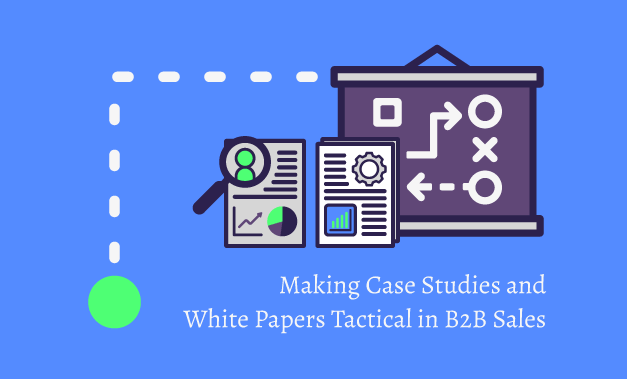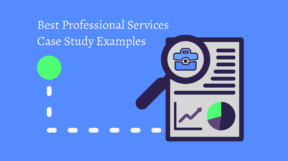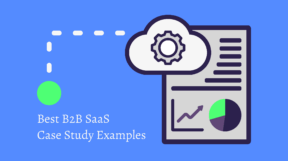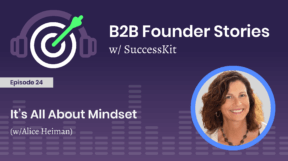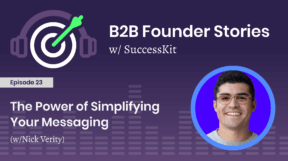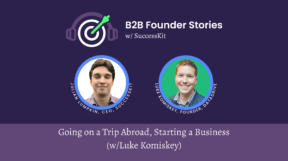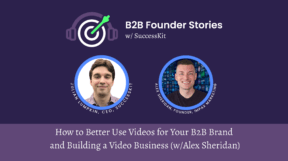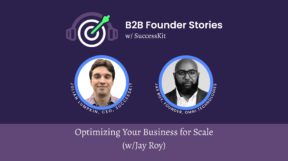by Kevin Lindquist of ValueAssessment.com
Let’s start with the big takeaway from this article: A well-considered content strategy accelerates B2B sales cycles by answering the key questions of your buying committee in a trustworthy and easy-to-digest way.
B2B-centered analyst groups typically have statistics about three specific facts, which are discussed in the book The Challenger Customer: Selling to the Hidden Influencer Who Can Multiply Your Results. Forrester and other analyst groups have similar studies and published research on the same facts, which are as follows:
- B2B buying groups are growing in size.
- The bigger the buying committee, the longer the sales/purchasing cycle.
- B2B buyers are engaging sales teams later in the cycle than ever before.
Unfortunately, many interpret these facts as obstacles to be overcome instead of a trend to encourage.
When revenue teams consider large buying groups to be an obstacle to avoid, they typically map out content strategies that attempt to disarm specific objections from members of the buying group. In many cases, this leads to an unintentional overinvestment in personalization. It’s true that personalization can be a great tool for revenue teams, especially salespeople trying to build rapport within an account. It can also be a trap.
When marketers plan and create content that is too personalized to a role or function within the buying committee, they can often shine a spotlight on issues that become blockers in a deal.
For example, say the CFO or other finance leader is a secondary decision-maker for an HR solutions vendor. In this case, marketing teams might decide to make financial reporting templates the focus of a white paper or a case study from a customer that relies heavily on the feature. However, while financial reporting might be a key question from the CFO, it can also create the biggest objection within the buying committee in the next opportunity.
How do we create and plan content that will not become a deal killer or staller? Should that HR vendor completely avoid creating content around that feature?
This is really a big-picture content strategy question that shouldn’t be answered by the revenue team alone.
Mental Models and Question Design
Fundamentally, your revenue team needs to get inside the mind of the buyer. You don’t need to go as far as Mel Gibson did in the movie What Women Want (but if that helps you get in the right frame of mind, then go for it).
Getting inside the mind of the buyer really means focusing on desired outcomes. In a B2B setting, this is centered around three primary pillars:
- Business outcomes
- Reputation outcomes
- Quality-of-life outcomes
While we are not going very deep on the mental model design aspect of this topic, you can find examples of mental models and other B2B buyer enablement ideas at ValueAssessment.com.
If you can lay out the potential desired outcomes for your buyers—and reverse-engineer how they think about getting to those outcomes—then you have essentially uncovered how your buyers think about purchasing a solution like yours.
For the previously mentioned HR solutions vendor, a single branch of the mental model might look like this:

A complete mental model would have a broader set of factors in each branch, like a genealogy chart or mind map. Still, putting a picture like this in front of buyers and challenging it at a few levels will uncover how they are thinking about their businesses and investments in solutions like yours.
So where do the CFO’s concerns about financial reporting come into the picture? I’d argue that following the path from the financial reporting feature to the business outcome it produces is going to uncover a better frame of reference for the content than emphasizing the feature itself. At the end of the day, CFOs do care about the ease of financial reporting— not because of how it’s done, but because of what it enables them to do.
Instead of touting a set of templates that another customer adopted, focus instead on why financial reporting is so important to your customers in the first place.
This isn’t the final answer to the question though. Once you have a clear set of outcomes mapped out, you still need to avoid the personalization trap by aligning the outcomes across the entire buying committee.
Essentially, you get to set some of the terms in the evaluation discussion if you nail the mental model. And why shouldn’t this be the case? Vendors are involved in the evaluation of this type of solution every day. Meanwhile, many buyers in B2B settings will work on the evaluation as a side initiative for weeks to months once every five to ten years.
Planning Case Studies and White Papers
After revenue teams have a buyer-validated mental model, many realize a big gap in their content plan. They likely have a lot of the “how” content done or in the queue, but not enough of the value-based “why” or “when” content that is tied to the business, reputation, or quality-of-life outcomes that buyer groups are seeking.
This is where this type of content can become tactical and where the sales team really needs to get involved. At ValueAssessment.com, we call this a Q2A audit, or a Question to Answer audit. The components of a Q2A audit include:
- How does the mental model line up with our sales process? (e.g., top-of-funnel concerns around “why” questions that are tied to business outcomes)
- Which questions do we want to emphasize at different points in the sales process that can drive consensus?
- What types of content can engage each member of the buying group and tie them back to the key questions from the mental model?
Challenging your team to answer these questions can give you a prioritized plan for your case study and white paper projects—and hopefully avoid the personalization trap that will slow down or even kill opportunities.
Kevin Lindquist has held multiple VP Sales and executive roles at software companies during the last ten years. Now, as founder at ValueAssessment.com, he’s focused on making B2B software easier to purchase for sales teams and buying teams.
